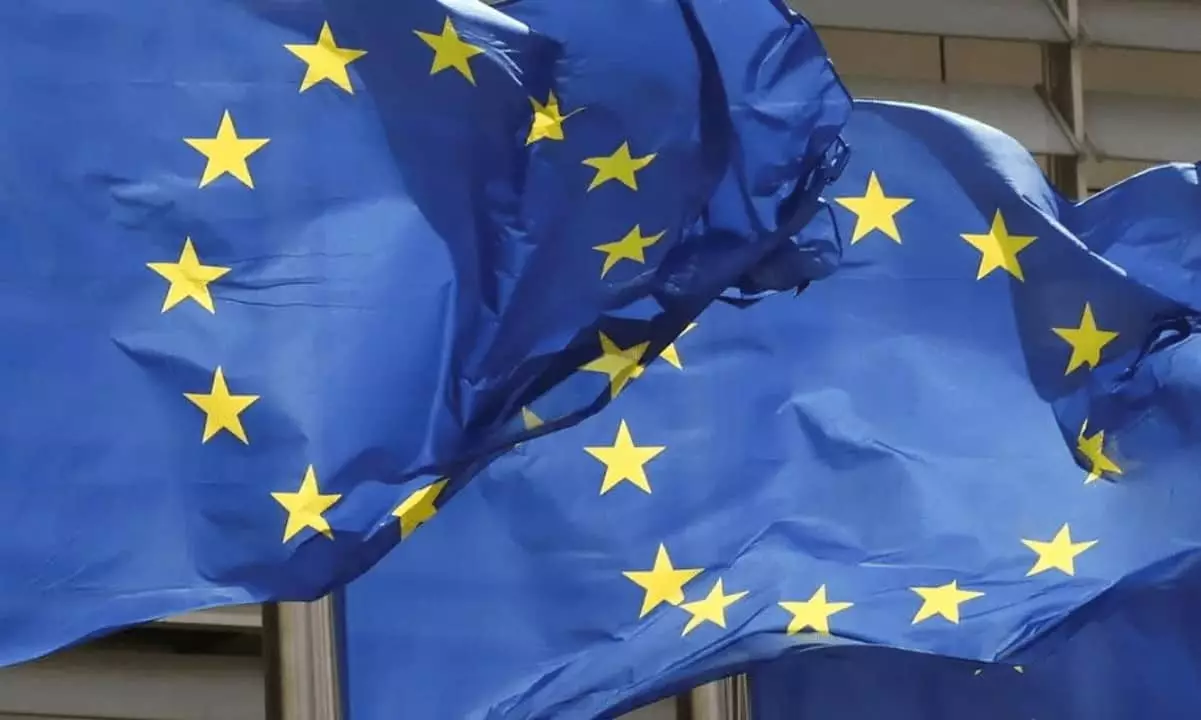Since its inception, the Markets in Crypto-Assets (MiCA) regulation has been touted as Europe’s bold step toward establishing a unified, transparent framework for cryptocurrency markets. While the regulatory environment is often portrayed as a necessary evil, the reality is that MiCA embodies a strategic shift—aimed at fostering legitimacy and stability in a sector historically marred by volatility and opacity. Six months into its implementation, it becomes evident that this overhaul is more of a double-edged sword. It promises growth and investor confidence but risks entrenching bureaucratic barriers that could stifle innovation and disadvantage smaller players.
The initial rollout reveals a cautious yet positive trend: a handful of major financial institutions, fintech pioneers, and crypto-native firms are securing licenses, signaling a move towards mainstream acceptance. Countries like Germany, the Netherlands, and France are at the forefront, actively issuing stablecoin licenses and integrating new compliance standards. Yet, this progress comes at a cost. The regulatory process is highly demanding, and compliance costs are soaring. For a sector that thrives on agility and innovation, such regulatory rigidity could be a fatal blow to startups and smaller exchanges eager to carve out a niche in Europe’s expanding market.
Market Shifts and Strategic Challenges
The data suggests that the sector is cautiously adapting. Approximately 14 stablecoin issuers now hold authorizations—mainly in major economies—highlighting a preference for stability and trust. Notably, despite the clarity provided by MiCA, there is a conspicuous absence of new asset-referenced tokens (ARTs). This indicates a dissonance between regulatory clarity and market demand. Investors and market participants may simply not see ARTs as viable or attractive under current rigorous standards. Consequently, there’s a shift toward traditional cryptocurrencies like Bitcoin and Ethereum, which are increasingly being offered via compliant whitepapers and applications authorized under MiCA.
The active licensing by regulators such as the Dutch AFM showcases Europe’s determination to create a regulated environment, but it also underscores a fragmented compliance landscape. Firms flagged as non-compliant, particularly in Italy, are a stark reminder that not everyone can or will meet the stringent standards. This discrepancy may narrow the pool of operational firms, consolidating the market around those with the resources to navigate the complex rules—and potentially excluding innovative startups from certain markets altogether.
The Realpolitik of Regulation and Its Economic Impact
From an economic perspective, the impact of MiCA is palpable. According to estimates, over 10,000 crypto businesses in Europe stand to face significant regulatory adjustments. While some see this as an overdue clarification of rules, others view it through a lens of skepticism—fearful that such regulation will hinder growth rather than promote it. Particularly troubling is the noticeable increase in operational costs for nearly half of the startups, which could limit innovation and reduce the sector’s overall dynamism.
Yet, the brighter side of this upheaval is investor confidence. With clearer rules, regulated stablecoins could see a 35% market cap growth, signaling that investors are increasingly willing to put their trust into compliant entities. Over 60% of investors believe that MiCA will eventually improve transparency and reduce fraud—a hope that might be overly optimistic considering the complexity of enforcement and compliance.
However, the looming numbers paint a mixed picture. A projected EU crypto market worth $1.2 trillion by 2025 offers enormous growth prospects, but whether this growth will be inclusive or dominated by large institutions remains an open question. The regulatory environment, while admirable in its intentions, raises concerns about whether Europe is creating a barrier that favors established giants over innovative startups. With most firms expected to appoint dedicated compliance officers by mid-2025, there’s a clear move toward institutionalizing this sector; but at what cost to agility and innovation?
A Cautious Future: Progress or Pitfall?
In sum, MiCA’s rollout embodies a paradox: it’s a necessary step toward legitimacy, yet one fraught with risks of overregulation. Europe is effectively imposing a new order—one that might favor stability but could inadvertently stifle the very innovation it seeks to legitimize. Whether the sector will flourish under these rules depends largely on how effectively regulators balance compliance with innovation. The initial trends show promise, but they also serve as a warning: ambitious regulation must be carefully calibrated if it is to truly serve as a foundation for sustainable growth rather than a restrictive cage.


Leave a Reply